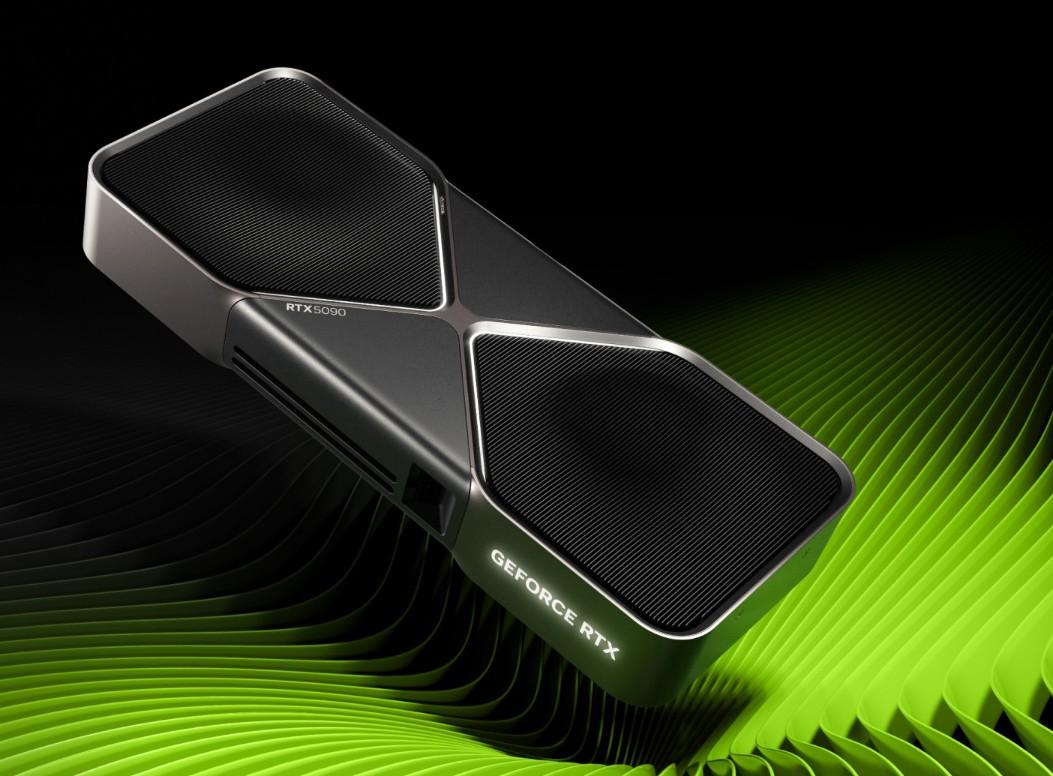NVIDIA GeForce RTX 5090 Founders Edition Short Review
Post created by: @Ivica 3 months ago.
This post is highlighted.
Key Highlights
- Performance:
- The RTX 5090 delivers a 25-35% performance boost over the RTX 4090 in traditional rasterization at 4K, with smaller gains at lower resolutions (e.g., 22% at 1440p, 18% at 1080p).
- With DLSS 4 and Multi-Frame Generation (MFG), performance can more than double in supported games, achieving up to a 3x frame rate increase in titles like Cyberpunk 2077 and Alan Wake 2.
- Ray tracing performance has also improved, showing a 29% increase over the RTX 4090 in tested games.
- DLSS 4 and AI Features:
- DLSS 4 introduces Transformer-based models for upscaling and ray reconstruction, offering near-native image quality with significant performance improvements.
- Multi-Frame Generation (MFG) generates up to three additional frames per rendered frame, enabling smoother 4K/240Hz gaming experiences.
- DLSS 4 is backward-compatible with older RTX GPUs (20-series and up), but MFG is exclusive to the RTX 50 series.
- Design and Power:
- The RTX 5090 features a dual-slot design despite its 575W TGP, an impressive engineering feat.
- It uses GDDR7 memory and has 21,760 CUDA cores, offering 1.25x to 1.5x raw shader performance over the RTX 4090.
- Peak power consumption reaches 648W, necessitating high-wattage power supplies.
- Pricing and Value:
- The RTX 5090 has an MSRP of $1,999, a 25% increase over the RTX 4090’s $1,599 price. However, as of writing, actual prices are significantly higher.
- While performance gains are substantial, the price-to-performance ratio is less favorable compared to previous generations.
- Gaming and Content Creation:
- The RTX 5090 excels in 4K gaming with maxed-out settings, ray tracing, and DLSS 4, making it ideal for high-end gaming setups.
- For content creation, it delivers 10-35% improvements in GPU-heavy workloads like rendering, video editing, and AI processing.
- Enhanced NVENC/NVDEC engines provide faster video encoding/decoding, particularly for H.265 4:2:2 10-bit processing.
- Competition:
- The RTX 5090 has no direct competition in the high-end GPU market, outperforming AMD’s RX 7900 XTX by 65% and the RTX 4080 Super by 62%.
- AMD’s RDNA 4 architecture is not expected to challenge NVIDIA in the high-end segment, leaving NVIDIA unopposed.
Criticisms and Concerns
- Latency: While MFG improves frame rates, it increases input latency, which may not be ideal for competitive gamers.
- Visual Artifacts: Some users report minor visual artifacts (e.g., flickering or shimmering) with DLSS 4 and MFG.
- CPU Bottleneck: In certain scenarios, the RTX 5090 may be limited by current-gen CPUs, preventing it from reaching its full potential.
- Extreme Power Consumption: The card's high power draw can strain power supplies, and reports of melting cables persist.
Conclusion
The NVIDIA GeForce RTX 5090 is a monstrously powerful GPU that pushes the boundaries of gaming and content creation. While its high price and power demands make it a luxury item, its unmatched performance and innovative features, such as DLSS 4 and MFG, solidify its position as the best consumer GPU on the market. However, its value proposition ultimately depends on whether users can justify the cost for the performance gains.
Featured Image

Add Comment:
Comments on a Post: NVIDIA GeForce RTX 5090 Founders Edition Short Review